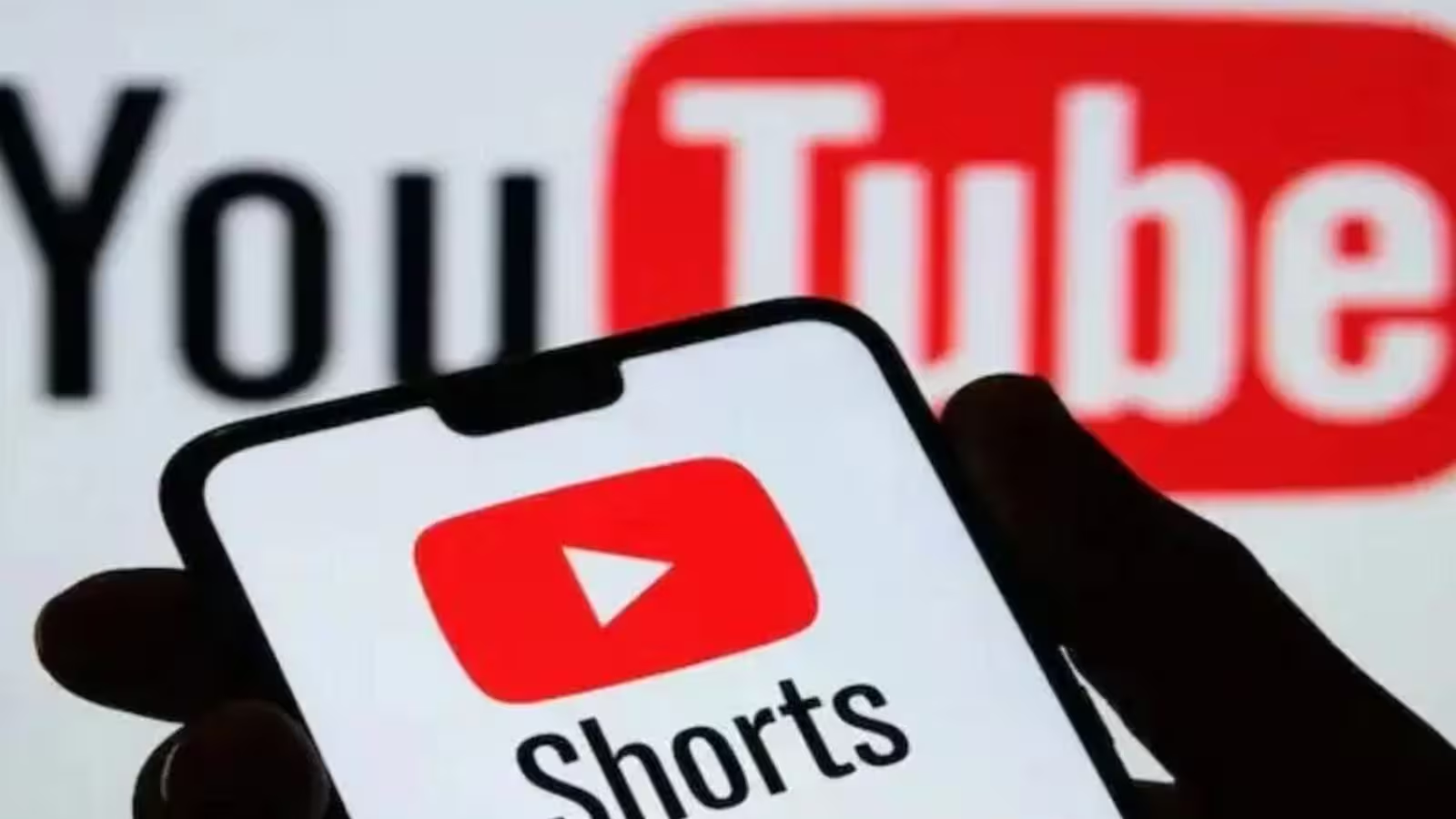2 Minutes
YouTube Implements Stricter Livestreaming Age Requirements
YouTube, the world’s leading video-sharing platform, is set to roll out a major update to its livestreaming policy starting July 22, 2024. In a decisive move aimed at bolstering online safety for young users, YouTube will require all livestream hosts to be at least 16 years old. This is a shift from the previous rule, which permitted users as young as 13 to go live, provided they met certain criteria.
Leveraging Machine Learning for Age Verification
Earlier this year, Google's YouTube team announced advancements in machine learning technology designed to better estimate users’ actual ages—addressing concerns around age misrepresentation. This technology is now being integrated into content moderation, further reinforcing age-related access controls in the YouTube ecosystem.
New Safeguards for Teen Creators
While teenagers aged 13 to 15 can still participate in livestreams, stricter conditions will apply. Young teens must be visibly accompanied by an adult during the stream to ensure proper oversight. If this requirement isn’t met, YouTube may disable live chat features or remove the livestream entirely. Additionally, teens can initiate their own livestreams only if an adult is assigned as a channel manager, begins the stream through YouTube’s Live Control Room, and remains visibly present throughout the broadcast.
Market Relevance and Industry Comparisons
This policy update positions YouTube alongside other tech giants that are intensifying protections for underage users amid rising concerns over child safety and digital wellbeing. By employing cutting-edge machine learning algorithms, YouTube aims not only to foster a safer environment for minors but also to set a new standard for responsible content moderation in the streaming industry.
Use Cases and Advantages
For parents, educators, and content creators, these updated age restrictions offer greater peace of mind while encouraging more responsible online engagement. Tech professionals will find interest in YouTube’s use of AI-driven age verification systems, which could shape best practices across digital platforms globally.
Source: androidauthority



Comments